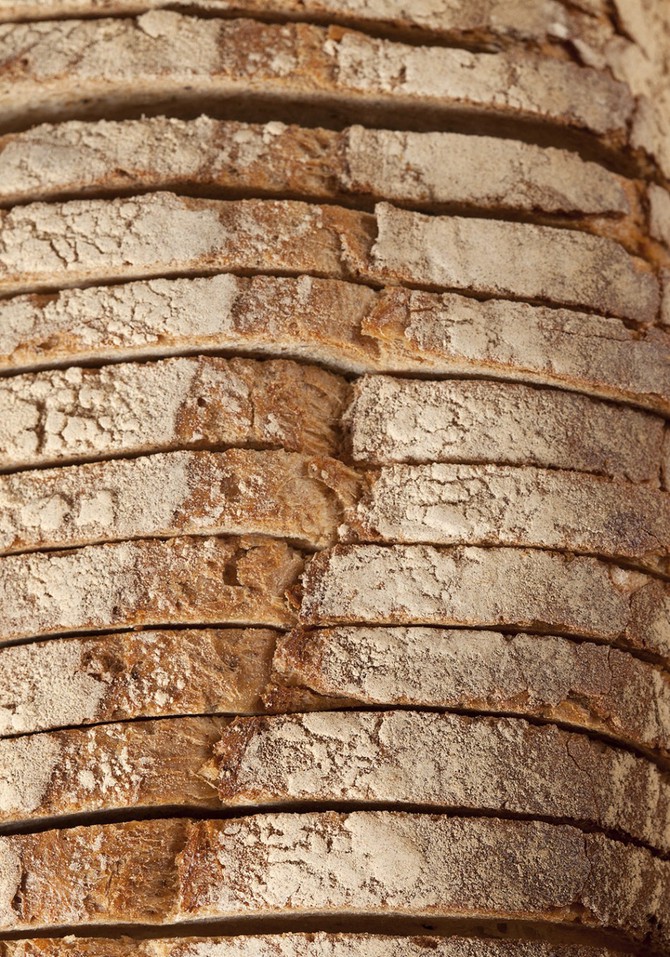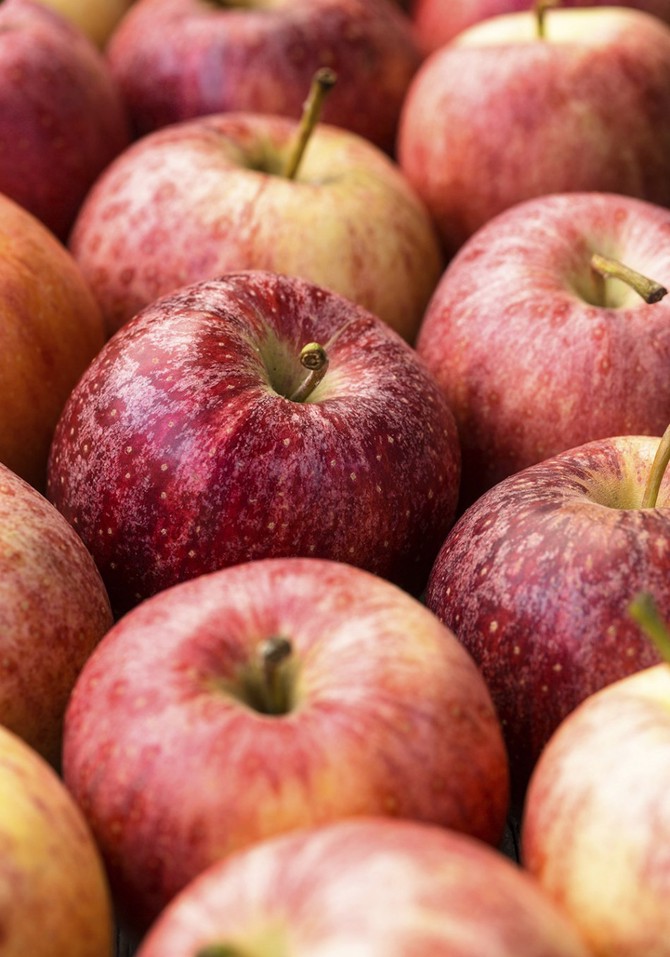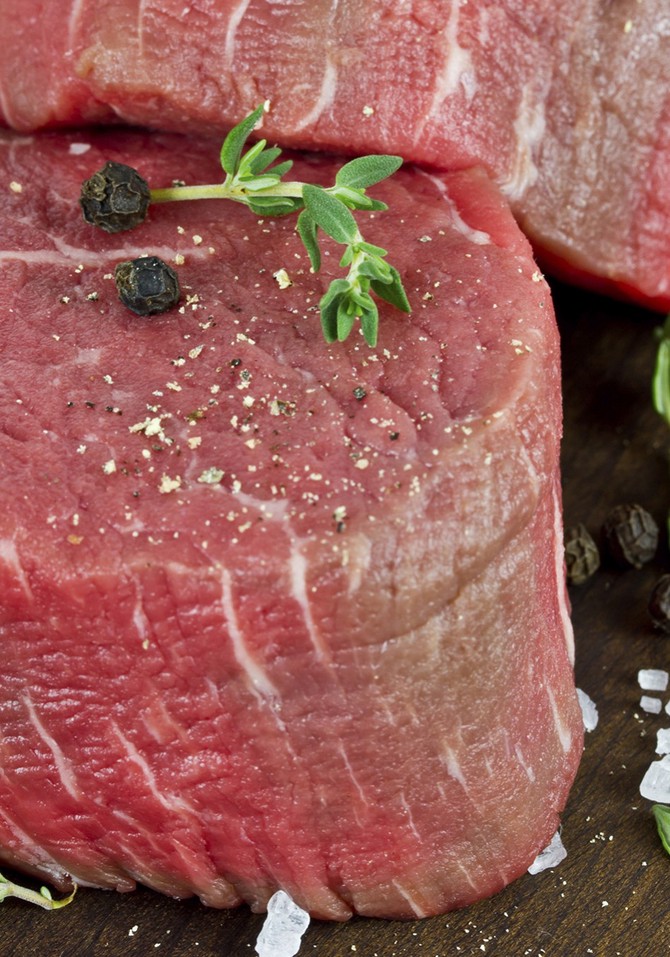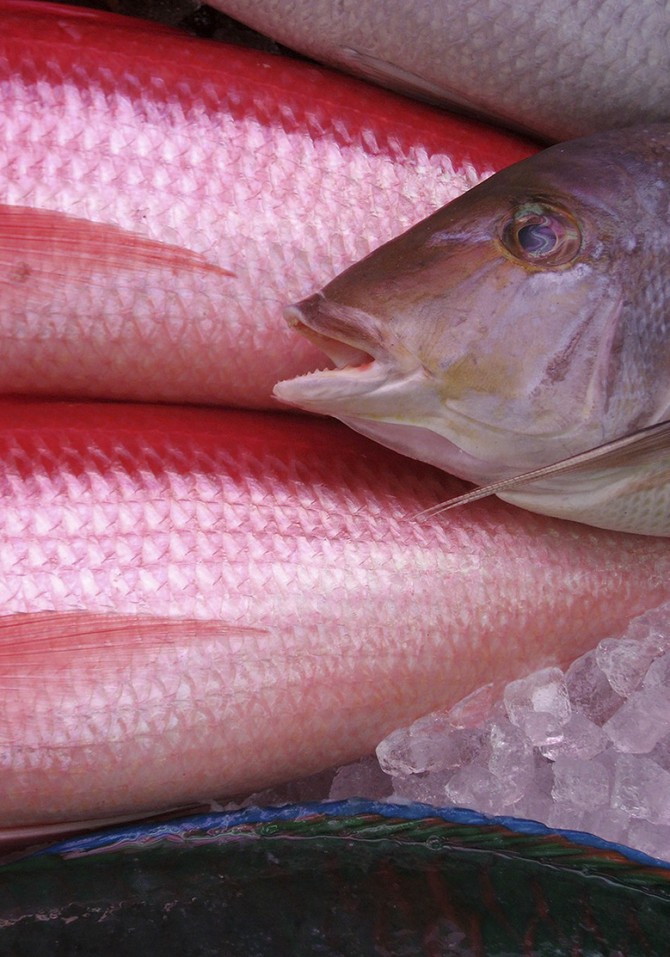4 Signs You Shouldn't Buy Those Groceries
Don't waste your money: Here's how to know when something isn't a good deal.
By Lynn Andriani

Photo: arfo/iStock/Thinkstock
Sign #1: You Think, "Oh, the Bakery Did Some Work for Me!"
Whenever we walk into a pastry shop and breathe in the scent of loaves fresh from the oven, we have trouble thinking clearly. But if the mission is "buy sandwich bread," it's worth remembering this: A loaf of already-sliced whole wheat is not the goal. "Every minute that fresh bread is exposed to air, it becomes more stale and less delicious," writes Dan Pashman in his book Eat More Better. So while a professional-grade machine may do a bang-up job turning out uniform slices, unless you're planning to eat them all within an hour, you're better off buying a loaf intact. It will increase the life span by reducing what Pashman calls "SATVOR" (surface-area-to-volume ratio). Once you're home, wrap the bread tightly in plastic, place it in a resealable plastic bag and store it in the freezer. When you want to eat it, remove the loaf, unwrap it and microwave it on a regular setting just long enough to defrost the outermost portions. Use a serrated bread knife and saw through (partially frozen bread = more even slices).

Photo: Quanthem/iStock/Thinkstock
Sign #2: When You Tap on an Apple and You Hear Something
A gorgeous yet mealy apple is one of life's greatest small disappointments—and puzzles: How can something so perfect-looking taste so awful? While it's impossible to guarantee a crisp, juicy fruit (you can forget looks; misshapen apples can taste just fine), there's one indicator you can usually rely on: The sound you hear when you tap the side of the apple with a finger. Good apples should sound hollow; bad ones will often sound dense. But if you do wind up with a mealy apple, one way to rescue it is to turn it into applesauce.

Photo: PicLeidenschaft/iStock/Thinkstock
Sign #3: The Label on the Meat Doesn't Give You Any Details
When you shop for beef at the supermarket, you're probably choosing between "prime" (lots of marbling, aka fat), "choice" (somewhat less marbling) and "select" (leaner, so not as juicy). All of these grades are perfectly acceptable, provided you cook them in a suitable way. However, if you see a package of beef simply labeled "USDA graded," steer clear. This description tells you nothing about the meat's quality (and actually applies to 94 percent of beef sold in the U.S.).

Photo: ES3N/iStock/Thinkstock
Sign #4: The Sale on Red Snapper Is Ridiculous
We're all for seeking out bargains, but slashed prices on certain items can raise a red flag. One biggie is seafood; the FDA has received numerous reports lately of fish fraud, where a store will substitute a less expensive fish for a more expensive kind (e.g., tilapia for red snapper, farmed salmon for wild or Vietnamese catfish for grouper). It can be tricky to spot fake seafood, especially if you don't buy it often. The best tactic is to know ahead of time about how much the fish you want should cost (walk past the seafood counter every time you're in the store, even if you're not buying, to eyeball the prices). Also, have some idea of different fishes' high seasons (e.g., wild salmon from Alaska can't be fresh in the winter); here's a handy chart.
Published 01/27/2015

